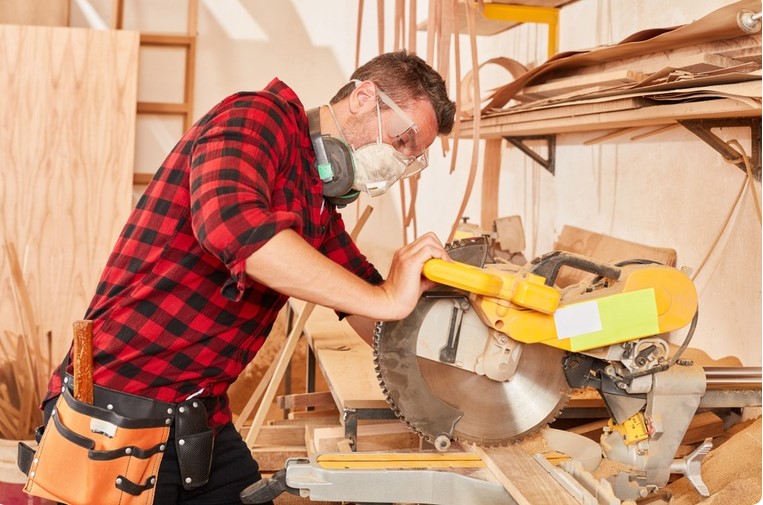Table of Contents
Woodworking projects often require more than simple straight cuts. Sometimes, you need to make compound cuts to achieve intricate angles and joints. In this guide, we will explore the art of mastering compound cuts with a 12-inch miter saw. From understanding the basics to creating complex bevels, you’ll gain the skills needed to take your woodworking to the next level.
Understanding Compound Cuts
Define Compound Cuts
Compound cuts involve two types of angles: miter and bevel. Miter cuts are horizontal, while bevel cuts are vertical. Combining these angles allows you to create complex shapes and joints.
When Are Compound Cuts Needed?
Learn when compound cuts are required in woodworking. They’re often necessary for projects with angled corners, frames, or molding.
Types of 12-Inch Miter Saws
Overview of 12-Inch Miter Saws
Discover the different types of 12-inch miter saws available and their suitability for compound cutting. Look for features like dual bevels and adjustable fences.
Choosing the Right Saw
Find the best 12-inch miter saw for your needs, depending on the complexity of your projects and your budget.
Selecting the Right Materials
Material Considerations
Learn how to choose the right materials for your compound cuts, considering factors like wood type, thickness, and grain pattern.
Matching Materials to Projects
Understand how to match materials to your specific project and why it matters for successful compound cutting.
Essential Tools and Safety Precautions
Tools You’ll Need
List the essential tools for making compound cuts with a 12-inch miter saw, including safety equipment.
Safety First
Emphasize the importance of safety when operating power tools. Discuss safety measures like wearing safety glasses, hearing protection, and dust masks.
Making Compound Miter Cuts
Setting Up
Provide a step-by-step guide on setting up your 12-inch miter saw for compound miter cuts. Explain how to adjust the miter and bevel angles accurately.
Precision Cutting
Offer tips and techniques for achieving precise compound miter cuts, ensuring your pieces fit together seamlessly.

Creating Compound Bevel Cuts
Adjusting Bevel and Miter Angles
Explain the process of creating compound bevel cuts with your 12-inch miter saw. Discuss how to adjust both bevel and miter angles for different cuts.
Practice and Proficiency
Encourage practice to gain proficiency in creating compound bevel cuts, as it’s a skill that improves with experience.
Practical Applications
Picture Frames and More
Explore practical woodworking projects that benefit from compound cuts, such as picture frames, crown molding, and custom angles.
Unleash Creativity
Highlight how mastering compound cuts opens doors to creativity and unique woodworking designs.
Troubleshooting and Fine-Tuning
Common Issues
Address common problems woodworkers face when making compound cuts and provide solutions.
Fine-Tuning
Offer tips on fine-tuning your compound cutting technique for even more precise results.
Maintenance and Care
Tool Maintenance
Guide on maintaining your 12-inch miter saw, including blade care and alignment checks.
Advanced Techniques (Optional)
Advanced Applications
For those seeking a challenge, explore advanced compound cutting techniques like compound miter dovetail joints.
Conclusion
Summarize the key takeaways from mastering compound cuts with a 12-inch miter saw. Encourage readers to apply these newfound skills to their woodworking projects, unlocking limitless possibilities for creativity and precision. With practice and dedication, you can become a master of compound cuts, taking your woodworking to new heights.